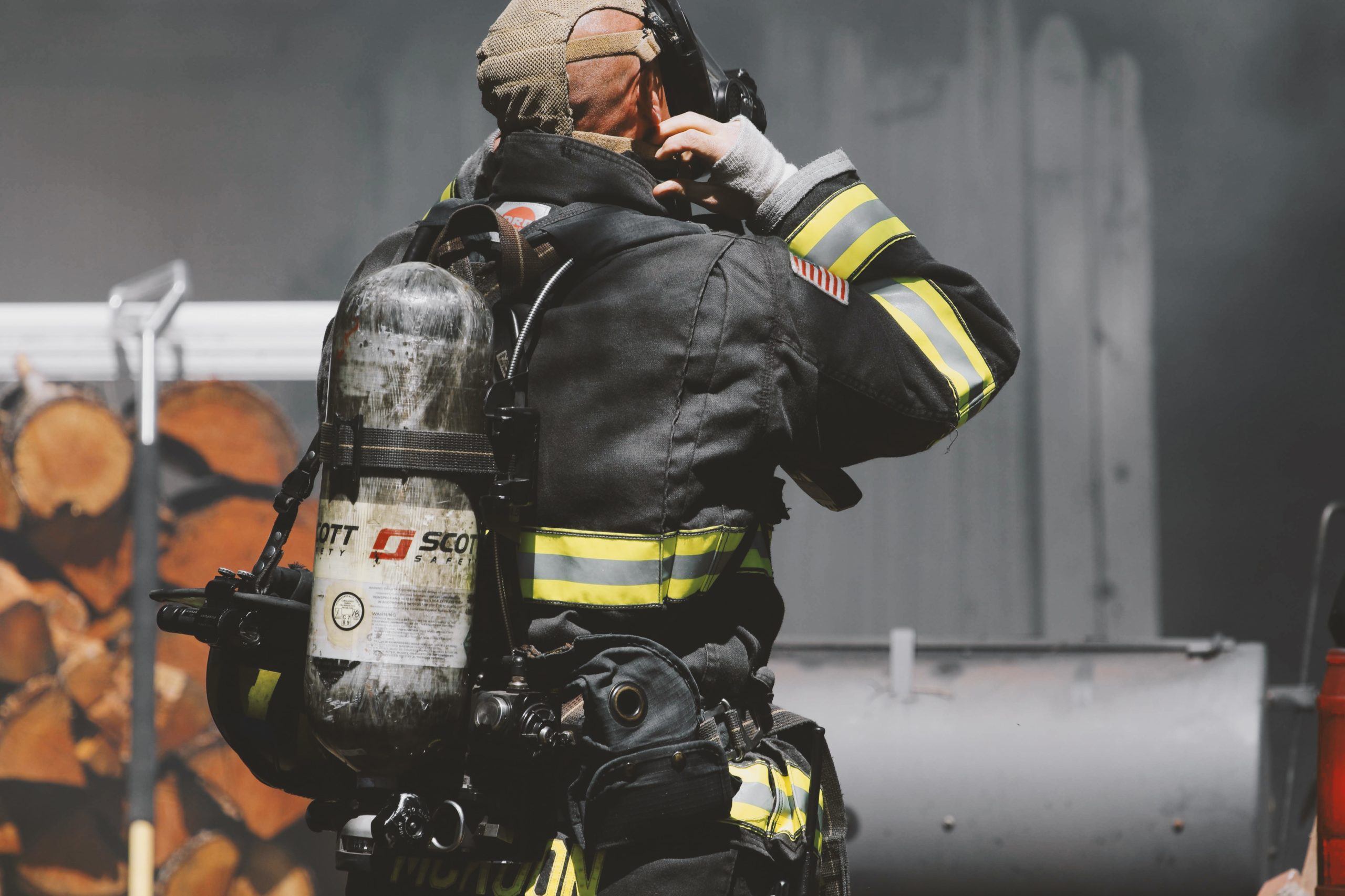On the frontline of trauma support, assessing the criticality of an incident is of vital importance, but often problematic. Undertaking a critical incident risk assessment helps organisations and practitioners to make robust decisions when declaring an incident as ‘critical’, enabling appropriate support to be delivered quickly and effectively.
Historically, the declaration of a critical incident has largely depended upon defining specific incident types as inherently critical, or traumatic. Whilst at face value this seems to make sense, as often such incidents like road traffic collisions etc. seem objectively distressing, and some incident types have a greater statistical correlation the the later diagnosis of post-traumatic stress disorder (PTSD).
A Problematic View of Critical Incidents…
A significant problem with such an approach though, is that it isn’t always the headline incidents that are causal in the development of critical incident stress. Essentially, if an organisational response to trauma depends solely upon the occurrence of a specific incident type, then that organisation’s support system is not going to detect much of the trauma that occurs within the sphere of operational response. Indeed, such an approach pays no regard whatsoever to an individual’s subjective reactions, following an incident that isn’t considered ‘traumatic enough’ to warrant the initiation of support systems.
Another issue of significance, is that such mechanisms are also incapable of considering a person’s pre-existing and unprocessed traumas, which may become apparent if the recent incident contained a thematic trigger to an earlier traumatic experience. While supporting first responders using the Critical Incident Stress Integration and Support (CRISIS) model, we may find that the latest incident is in actual fact responsible for the re-activation of an earlier one.
Critical Incident Risk Assessment – A Robust Approach to Initiating Trauma Support
In providing a more robust approach to trauma support, a far more holistic approach is required, which considers both the objective nature of critical incidents, and also the subjective reactions of those who experienced it at the time.
The ‘Critical Incident Risk Assessment’ has therefore been designed by Sean McCallum CTIRt CCSt, trauma specialist, and developer of the CRISIS system. A Watch Manager within Nottinghamshire Fire and Rescue Service and Veteran, Sean has over twenty years experience of working within high-threat environments.
The Critical Incident Risk Assessment is an evolutionary model, designed to support decision-making and the initiation of trauma support systems. It’s unique approach is focused upon four ‘critical criteria’, often referred to as ‘the four i’s’.
Critical Criteria
The following critical criteria (four i’s), and their sub-criterion are used to support the initiation of post incident trauma support procedures.
- Critical Incident Criteria (critical aspects of the incident)
- Critical Involvement Criteria (critical aspects of a person’s involvement)
- Critical Interpretation Criteria (critical aspects of a person’s interpretations)
- Critical Impact Criteria (critical aspects of the impact upon a person)
Clearly then, using the critical criteria, it is easier than ever before to take a person-centred approach to initiating support systems when required, whilst observing the more nuanced aspects of critical incidents and their outcomes within the first responder community.
A major advantage of this non-clinical model is that there is no inherent labelling or diagnostic approach.
Critical Incident Risk Assessment Training
Launching in the summer of 2023, Eudemonics will be delivering Critical Incident Risk Assessment Training – supporting decision making, and trauma-informed practice across a wide range of sectors.



